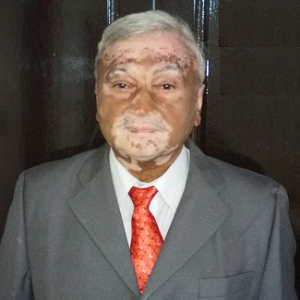Title : On the limitation of mixing Al2O3 nanoparticles to water for improving the performance of heat exchangers
Abstract:
Al2O3 nanoparticles of different volume concentrations are mixed to water for making nanofluids. Based on the test data of nanofluids, Corcione empirical relation is recommended for thermal conductivity, whereas the modified Corcione empirical relation for dynamic viscosity. This presentation highlights on the adequacy of different turbulent models in computational fluid dynamics (CFD) through comparison of a shell and tube heat exchanger test data. Nx-CAD Design Modeler is used to generate the flow model. ANSYS (FLUENT) is utilized to perform the flow analysis. There is a need for the designer to select a suitable turbulent model for the intended application. The transition-SST turbulent model is selected through comparison of the measured outlet temperature of the Al2O3-water nanofluids in the heat exchanger. Numerical simulations revealed that heat transfer enhancement is possible by increasing the particle concentration to a certain extent. To examine further, the outlet temperature estimates of a circular microchannel heat exchanger are comparable with test data. The agglomeration phenomenon by increasing the particle concentration of the nanofluid may result from the unacceptable flow pattern. The Nusselt number initially enhances little by increasing the particle concentration to a certain extent and decreases upon further increasing of the particle concentration. This presentation clearly demonstrates the limitation on the mixing of nanoparticles to the working fluids of heat exchangers.


